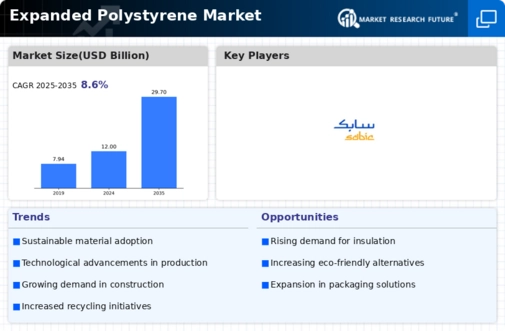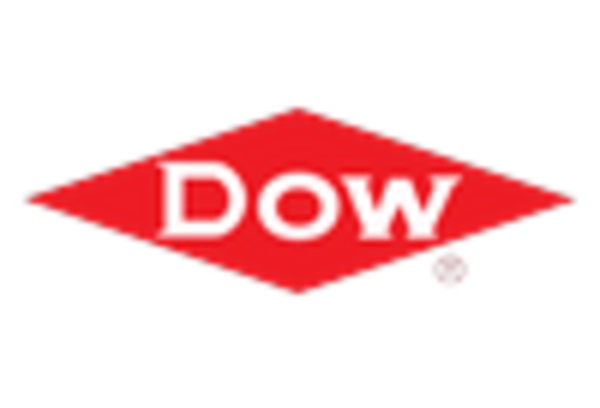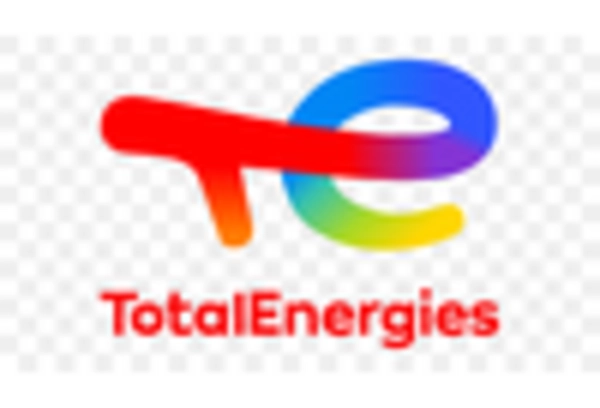Market Share
Expanded Polystyrene Market Share Analysis
In the competitive landscape of the Expanded Polystyrene (EPS) market, companies employ various positioning strategies to secure their market share. One prevalent approach is differentiation, where companies strive to distinguish their products from competitors' offerings. This can be achieved through unique features such as enhanced insulation properties, superior strength, or innovative applications. By highlighting these distinguishing factors, companies can carve out a niche for themselves within the market, attracting customers who prioritize specific benefits or functionalities.
Products made from expanded polystyrene are convenient to use, cost-effective, and versatile. Its recyclable nature and biocompatible nature are the reasons lying behind the usage of polystyrene expanded polystyrene industries. The expansion of business in the construction industry helps in driving the growth of the industry. A special hike in energy prices is forcing the users to rise their thermal efficiency for minimizing their energy consumption thus acting as a growth drives for the market.
Another common strategy is cost leadership, where companies focus on minimizing production costs to offer EPS products at lower prices than competitors. This can involve streamlining manufacturing processes, optimizing supply chains, or leveraging economies of scale. By offering competitive pricing, companies can appeal to price-sensitive customers and gain market share, particularly in price-driven segments where affordability is a primary concern.
Furthermore, companies may pursue a strategy of market segmentation, tailoring their EPS products to specific customer segments or applications. This involves identifying distinct market segments with unique needs or preferences and developing customized solutions to address them. For example, companies may target the construction industry with EPS insulation boards optimized for energy efficiency, while simultaneously catering to packaging applications with lightweight and durable EPS packaging solutions.
Additionally, companies may adopt a strategy of geographic expansion to capture new markets and increase their market share. This can involve entering untapped regions or expanding operations in existing markets to reach a broader customer base. By establishing a strong presence in multiple geographic locations, companies can mitigate risks associated with economic fluctuations in specific regions and capitalize on emerging opportunities in growing markets.
Collaboration and partnerships also play a significant role in market share positioning strategies within the EPS market. Companies may form strategic alliances with suppliers, distributors, or other industry players to enhance their market reach, access new technologies, or leverage complementary capabilities. By forging mutually beneficial partnerships, companies can strengthen their competitive position and expand their market share more effectively than they could alone.
Moreover, innovation is a critical driver of market share positioning in the EPS market. Companies continuously invest in research and development to develop new and improved EPS products that meet evolving customer needs and industry standards. Whether it's developing eco-friendly alternatives, enhancing product performance, or introducing novel applications, innovation allows companies to stay ahead of the competition and capture market share by offering cutting-edge solutions.

















Leave a Comment